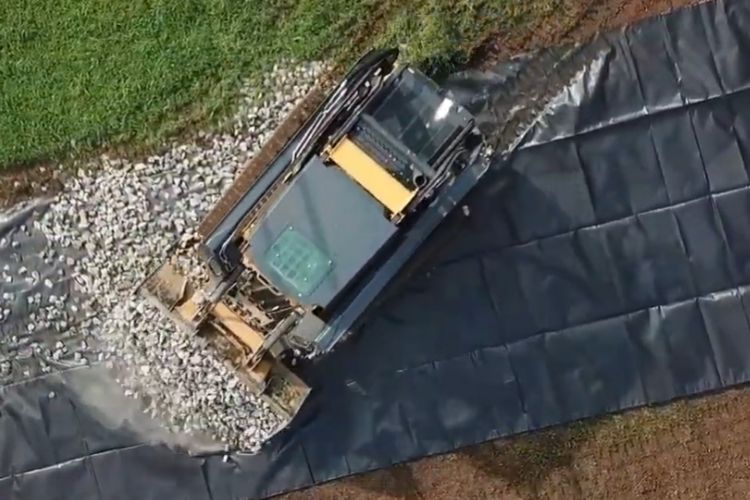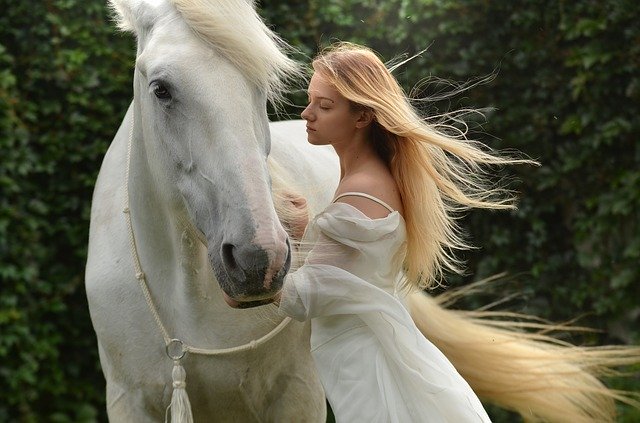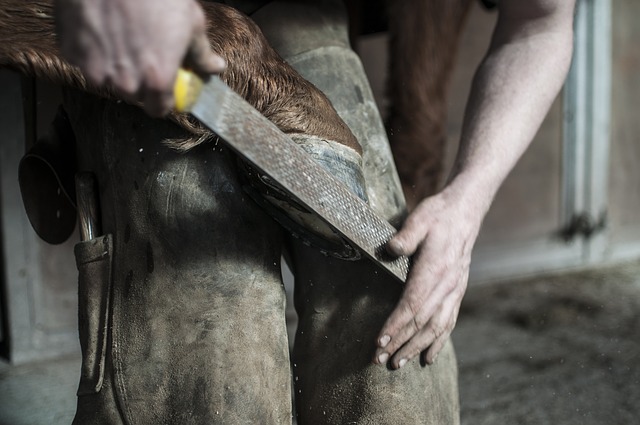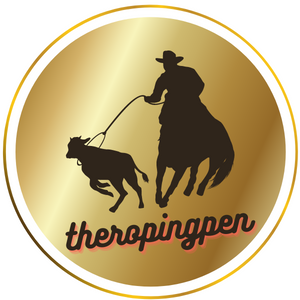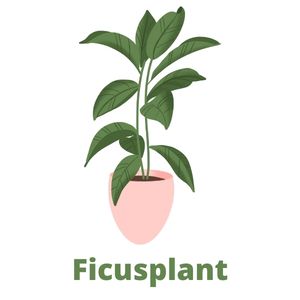Building a driveway is not an easy task. You need to know what you are doing and have the right tools for the job. Building a driveway can be done in two ways: using concrete or asphalt. The decision on which way to go should depend on the cost, your preference, and how much work you want to do yourself.
If the horse is not too energetic and agile, but is still distracted and experiencing stress when communicating with you, then to calm down, you can use the method described below. For safety reasons, it is best to keep the horse in a halter.
Stand in a passive position near the horse’s shoulder, facing you, and gently caress it.
Now put your hand on the horse’s nose, where the halter halter strap passes. Very gently pressing with your fingertips to the side of the face that is farthest from you, invite the horse to turn his head towards you. If she turned her head, reduce the pressure of her fingers, relax her body, take a deep breath to show the horse that she did everything right. Let her stand like that, with her head turned toward you, for about five seconds, then let her go. Cross the other side of the horse and repeat the same thing. Have you noticed that a horse is usually pinched on one side more than on the other? This also indicates which horse will be riding – which side of its mouth will be more sensitive to the snaffle, which of its hind legs will respond weaker to the shenkel. Therefore, it is important to bend it equally in both directions.
If the horse objects, stand still and, without removing your hand from the nose, gently accompany all the movements of its head until the animal calms down and turns its head towards you. If the horse begins to cross, do not remove your hand and follow it behind the head until it calms down and does what you want from it. Some people, in order to get the horse to turn the head, do this exercise using carrots or goodies. However, this is not entirely correct, because carrots or treats do not teach a horse to yield to pressure.
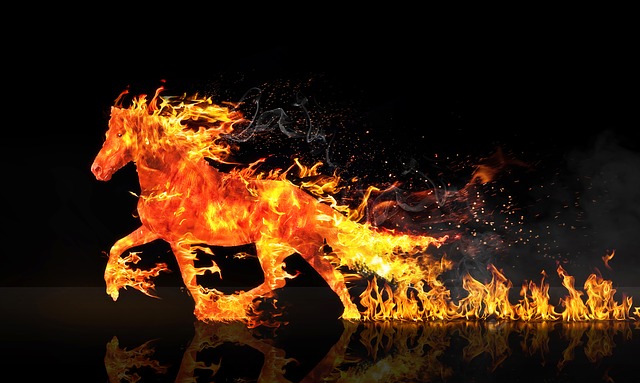
Once you have learned to bend the horse’s neck in one direction or another, you can do upsetting. This further strengthens the bond between you. Do not forget about the mood: if you are calm and relaxed, the horse will not try to resist either. Starting the exercise, stand in front of the horse and stroke it in the face. Now gently place your hand on your nose, on the halter halter strap, and gently push down, asking her to take a step back. If she does not understand, you can strengthen the impact by pressing her chest with her free hand. As soon as the horse takes a step back, remove your hands and stroke it. Systematic training will lead to the fact that gradually your horse will become more supple, calm and quiet and will respond more quickly to your requests.
Supplements
Magnesium is an important nutrient for the well-being of a horse, and one of its many roles is the regulation of nervous tension. Since magnesium supplement also has an effect on tense muscles, a horse with a low magnesium content may appear to be pinched when moving, and may show restlessness, irritability, and distrust. Low levels of magnesium can be caused by grazing deficits or simply be a metabolic feature of a given horse or pony. Magnesium levels can also be reduced due to frequent travels and heavy loads. Intstant Magic is more than just magnesium, it also contains a mixture of herbs selected because of their traditional help in maintaining confidence and concentration. A unique mixture of magnesium and herbs allows the horse to cope with everything that is required of it, calmly and confidently. Intstant Magic uses bioavailable magnesium in combination with fast-acting herbs for an instant soothing effect. Intstant Magic is recommended for horses who need a sedative effect on a short-term basis for specific potentially stressful situations: competition, grooming, transportation, forging or filed teeth. In addition, when necessary, it can be used to enhance the soothing effect in addition to daily Magic supplementation. Note: NAF is pleased to confirm that the magnesium used in Intstant Magic is not prohibited by FEI regulations and is safe for use by all horses.
Horses are rightly considered one of the most majestic and noble animals. Many centuries ago, our ancestors appreciated their beauty, grace, endurance and intelligence. But keeping a horse is no easy task. The horse needs care, it needs to be cleaned, bathed, and combed mane and tail. Competent forging is important no less experienced veterinarian. But general hygiene care is affordable even for a beginner horse. Read more
Before you start a horse or just go horse riding, you need to ask how to properly care for a horse. For the owner, this is a necessary condition, the health and performance of the horse depends on it. But athletes knowing how to properly care for horses can help to establish close contact with a sports partner, and bring him in the best shape to the competition.
Horse care: care includes daily mandatory procedures, such as feeding and watering, for horse and sports horses – cleaning the skin and clearing hooves, and quite specialized – forging and veterinary treatments, which are carried out by specialists in their profession in the presence of the owner. Read more
Every experienced horse breeder knows that horses need to be cleaned daily, as well as monitor the condition of all four hooves.
How to Care for a Horse’s Hooves Source
Care for the horse’s hooves consists of daily inspection, hoofing of the hooves and, if necessary, lubrication with special oils and ointments. After a day’s work, it is best to rinse the contaminated horse legs with clean water. The sole of the hoof and the arrow are cleaned of dirt and manure. After every month and a half, an overgrown dead horn is removed from the hoof, as it can cause bumps. Read more
